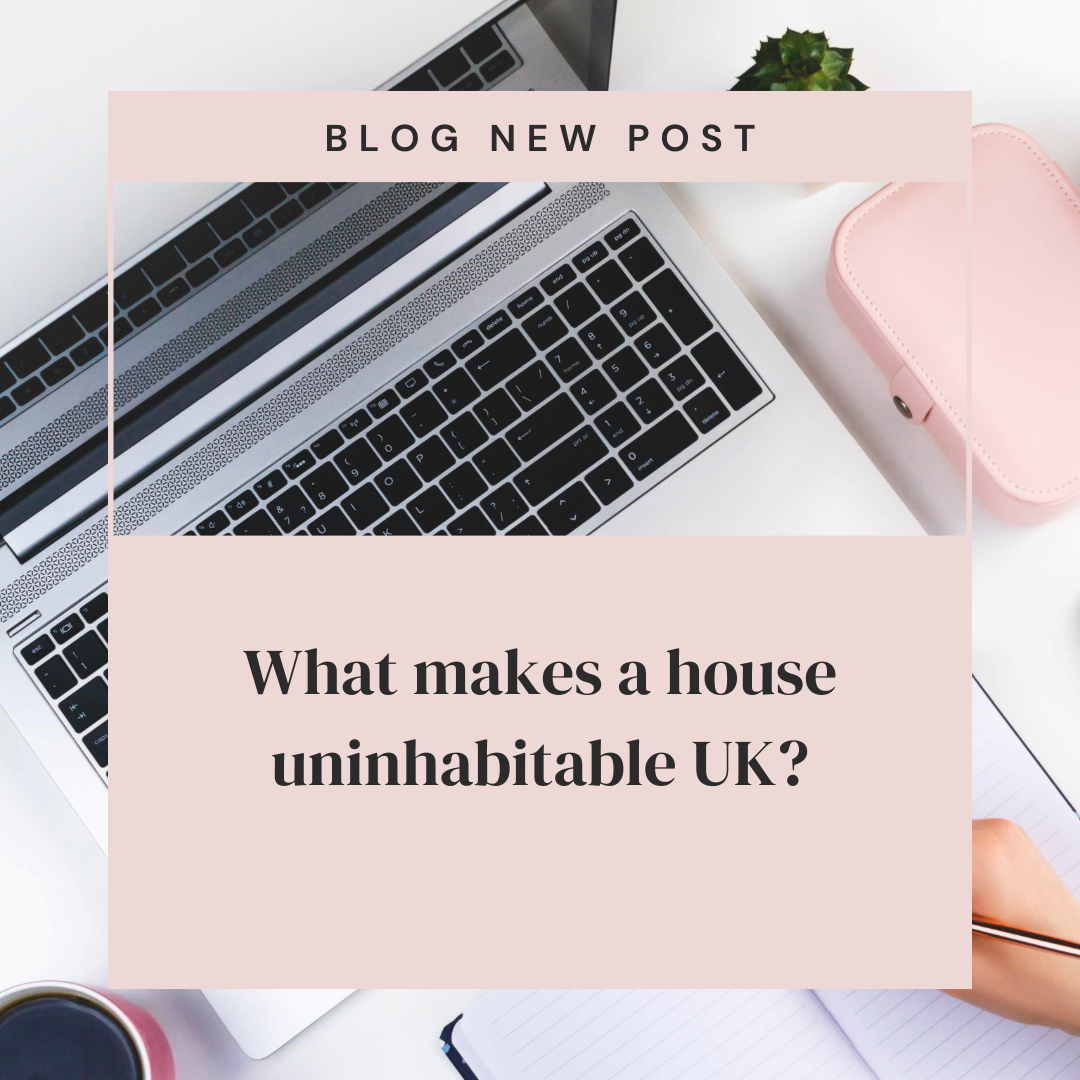What makes a house uninhabitable UK?
What makes a house uninhabitable UK? it is crucial to understand what makes a house uninhabitable. This blog post aims to provide a comprehensive guide to help tenants recognize the signs of an uninhabitable house in the UK.
What makes a house uninhabitable in the UK?
- Damp and mold: Dampness and mold growth can indicate poor insulation, leaky pipes, or inadequate ventilation. These issues can lead to respiratory problems, allergies, and other health concerns.
- Structural damage: Cracks in walls, floors, or ceilings, sagging roofs, or compromised foundations can render a house unsafe and unstable. Structural damage jeopardizes the safety of tenants and should be addressed promptly.
- Lack of heating and ventilation: Insufficient or non-functional heating systems can lead to freezing conditions, risking the health and well-being of tenants. Poor ventilation can result in stagnant air, which can lead to condensation, mold growth, and indoor air pollution.
- Pest infestations: Uncontrolled pests such as rodents, insects, or bedbugs can make a house unlivable. Infestations pose health risks and may require professional intervention to eradicate.
- Inadequate sanitation and water supply: Lack of proper sanitation facilities, including toilets, sinks, or showers, can render a house uninhabitable. Similarly, inadequate water supply or plumbing issues can disrupt daily living and pose health hazards.
- Electrical hazards: Faulty wiring, exposed electrical connections, or outdated electrical systems can pose significant risks, including fire hazards and electric shocks. Adequate electrical infrastructure is crucial for a safe and habitable house.
- Fire hazards: Non-functional smoke detectors, improper fire exits, or blocked escape routes make a house susceptible to fire hazards. These risks can lead to life-threatening situations and should never be ignored.
Why is understanding uninhabitable housing important?
Recognizing and highlighting the signs of an uninhabitable house is vital for social housing tenants. By understanding these issues, tenants can take appropriate action to protect themselves and seek resolution from their landlords. Some key reasons why this understanding is important include:
- Health and Safety: Uninhabitable housing can have severe health implications, such as respiratory problems, allergies, and injuries due to unsafe conditions. Knowledge about these risks empowers tenants to address the concerns promptly and safeguard their well-being.
- Legal Rights: Tenants have legal rights under various housing laws and regulations, such as the Homes (Fitness for Human Habitation) Act 2018. Understanding what constitutes uninhabitable housing enables tenants to demand necessary repairs and, if required, seek legal aid to enforce their rights.
- Quality of Life: Living in an uninhabitable house can significantly impact the overall quality of life. Timely identification and resolution of issues help improve living conditions, ensuring a decent and comfortable home environment.
Conclusion
Having a clear understanding of what makes a house uninhabitable is crucial for social housing tenants in England and Wales. Knowledge empowers tenants to recognize key indicators of uninhabitable housing and take necessary action. Ensuring the fundamental rights to safe and habitable housing is essential for the well-being and quality of life of all tenants. By being aware of the signs and acting upon them, tenants can work towards improving their living conditions and creating safe and suitable homes for themselves and their families.
Important links
Housing Disrepair Advice: https://housingdisrepairadvice.org/contact
Housing Ombudsman: https://www.housing-ombudsman.org.uk/
